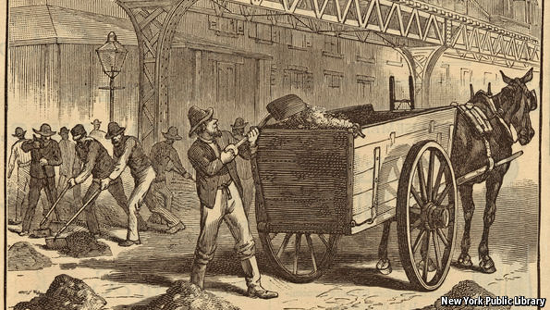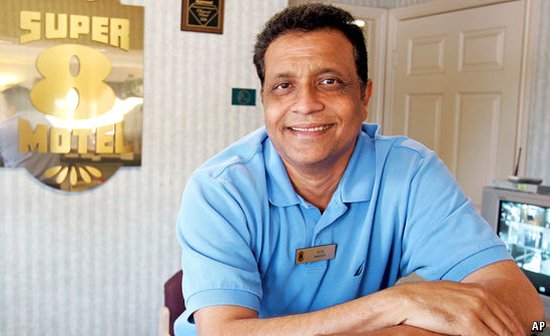On Saturday afternoon on my computer I was listening to a speech by a Professor Sylvia Wynter in which she said that while young black males make up 6 percent of the population of the United States, they comprise 47 percent of America’s prison population. Her statement led me to wonder what would be the comparable statistics in Belize.
We have had a humanitarian crisis here for some three decades, a crisis originating in the slavery and colonialism brutality imposed on our ancestors by the British. But in the words of the late Tupac Shakur, “No one notices the youth unless they’re shooting …”
To make Belize’s human tragedy more complex, the political rulers of our society are of the same ethnicity as those who are the victims of a form of genocide.
Christmas week is not the time to pursue this topic, but it is for sure that this is a crisis which will grow worse in 2017.
For now, I will use my column today to draw your attention to excerpts from two articles which appeared in the November 26, 2016 issue of The Economist. The first is about oil and climate change, and the second discusses the phenomenal success of Indian immigrants in the United States. Their brilliance in engineering and science has been highly impressive.
Following is the excerpt from an article by Henry Tricks entitled BREAKING THE HABIT:
At the turn of the 20th century, the most malodorous environmental challenge facing the world’s big cities was not slums, sewage or soot; it was horse dung. In London in 1900, an estimated 300,000 horses pulled cabs and omnibuses, as well as carts, drays and haywains, leaving a swamp of manure in their wake. The citizens of New York, which was home to 100,000 horses, suffered the same blight; they had to navigate rivers of muck when it rained, and fly-infested dungheaps when the sun shone. At the first international urban-planning conference, held in New York in 1898, manure was at the top of the agenda. No remedies could be found, and the disappointed delegates returned home a week early.
Yet a decade later the dung problem was all but swept away by the invisible hand of the market. Henry Ford produced his first Model T, which was cheap, fast and clean. By 1912 cars in New York outnumbered horses, and in 1917 the last horse-drawn streetcar was retired in Manhattan. It marked the moment when oil came of age.
That age has been one of speed and mostly accelerating progress. If coal drove the Industrial Revolution, oil fuelled the internal combustion engine, aviation and the 20th-century notion that mankind’s possibilities are limitless; it flew people to the Moon and beyond. Products that have changed lives – from lipstick to CD players, from motorcycle helmets to aspirin – contain petrochemicals. The tractors and fertilizers that brought the world cheaper food, and the plastics used for wrapping, are the progeny of petroleum products.
Oil has changed history. The past 100 years have been pockmarked with oil wars, oil shocks and oil spills. And even in the 21st century its dominance remains entrenched. It may have sped everything else up, but the rule of thumb in energy markets is that changing the fuel mix is a glacial process. Near its peak at the time of the Arab oil embargo in 1973, oil accounted for 46% of global energy supply. In 2014 it still had a share of 31%, compared with 29% for coal and 21% for natural gas. Fast-growing rivals to fossil fuels, such as wind, solar and geothermal energy, together amounted to little more than 1%.

Yet the transition from horse power to horsepower, a term coined by Eric Morris of Clemson University, South Carolina, is a useful parable for our time. A hundred years ago oil was seen as an environmental savior. Now its products are increasingly cast in the same light as horse manure was then: a menace to public health and the environment.
For all its staying power, oil may be facing its Model T moment. The danger is not an imminent collapse in demand but the start of a shift in investment strategies away from finding new sources of oil to finding alternatives to it. The immediate catalyst is the global response to climate change. An agreement in Paris last year that offers a 50/50 chance of keeping global warming to less than 2 degrees Centigrade above pre-industrial levels, and perhaps limiting it to 1.5 degrees Centigrade, was seen by some as a declaration of war against fossil fuels.

The following excerpt is from an article entitled INDIA’S DIASPORA: A MODEL MINORITY. The article is essentially a book review of a new book entitled THE OTHER ONE PERCENT: INDIANS IN AMERICA, by Sanjoy Chakravorty, Devesh Kapur and Nirvikar Singh, OUP USA.
In the early 20th century just a few hundred people emigrated from India to America each year and there were only about 5,000 folk of Indian heritage living in the United States. That was more than enough for some xenophobes. A government commission in 1910 concluded that Indians were “the most undesirable of all Asiatics” and that the citizens of America’s west coast were “unanimous in their desire for exclusion.”
Today Indian-born Americans number 2m and they are probably the most successful minority group in the country. Compared with all other big foreign-born groups, they are younger, richer and more likely to be married and supremely well educated. On the west coast they are a mighty force in Silicon Valley; well-off Indians cluster around New York, too. “The Other One Percent” is the first major study of how this transformation happened. Filled with crunchy analysis, it exudes authority on a hugely neglected subject.
India’s diaspora is vast, with 20m-30m people spread across the world from the Caribbean to Kenya. In colonial times many moved as laborers after Britain abolished slavery in 1833, to build the east African railway, for example. In the 1970s a second wave of workers went to the Gulf during the oil boom. Perhaps the least well known flow of Indians abroad is the one to America. It picked up after 1965, when American immigration rules were relaxed, and surged after 1990. Three-quarters of the Indian-born population in America today arrived in the last 25 years.
Like all immigrant groups, Indians have found niches in America’s vast economy. Half of all motels are owned by Indians, mainly Gujaratis. Punjabis dominate the franchises for 7-Eleven stores and Subway sandwiches in Los Angeles. The surge in Indians moving to America is also intimately linked to the rise of the technology industry. In the 1980s India loosened its rules on private colleges, leading to a large expansion in the pool of engineering and science graduates. Fear of the “Y2K” bug in the late 1990s served as a catalyst for them to engage with the global economy, with armies of Indian engineers working remotely from the subcontinent, or travelling to America on workers’ visas, to make sure computers did not fail at the stroke of midnight on December 31st 1999.
Today a quarter or more of the Indian-born workforce is employed in the tech industry. In Silicon Valley neighborhoods such as Fremont and Cupertino, people of Indian origin make up a fifth of the population. Some 10-20% of all tech start-ups have Indian founders; Indians have ascended to the heights of the biggest firms, too. Satya Nadella, Microsoft’s boss, was born in Hyderabad. Sundar Pichal, who runs Google, the main division of the firm Alphabet, hails from Tamil Nadu.
The authors of “The Other One Percent” have been careful to avoid the trap of explaining Indians’ success in America through their particular culture. Instead they argue it is “at its core a selection story.” Indians cannot walk across a border to America. Because of the filters of caste, class and a fiercely competitive education system, only those with above average financial and human capital get a chance to move to America. Most have travelled either as students or holders of H1-B working visas, which require a university degree, and then require residency.

